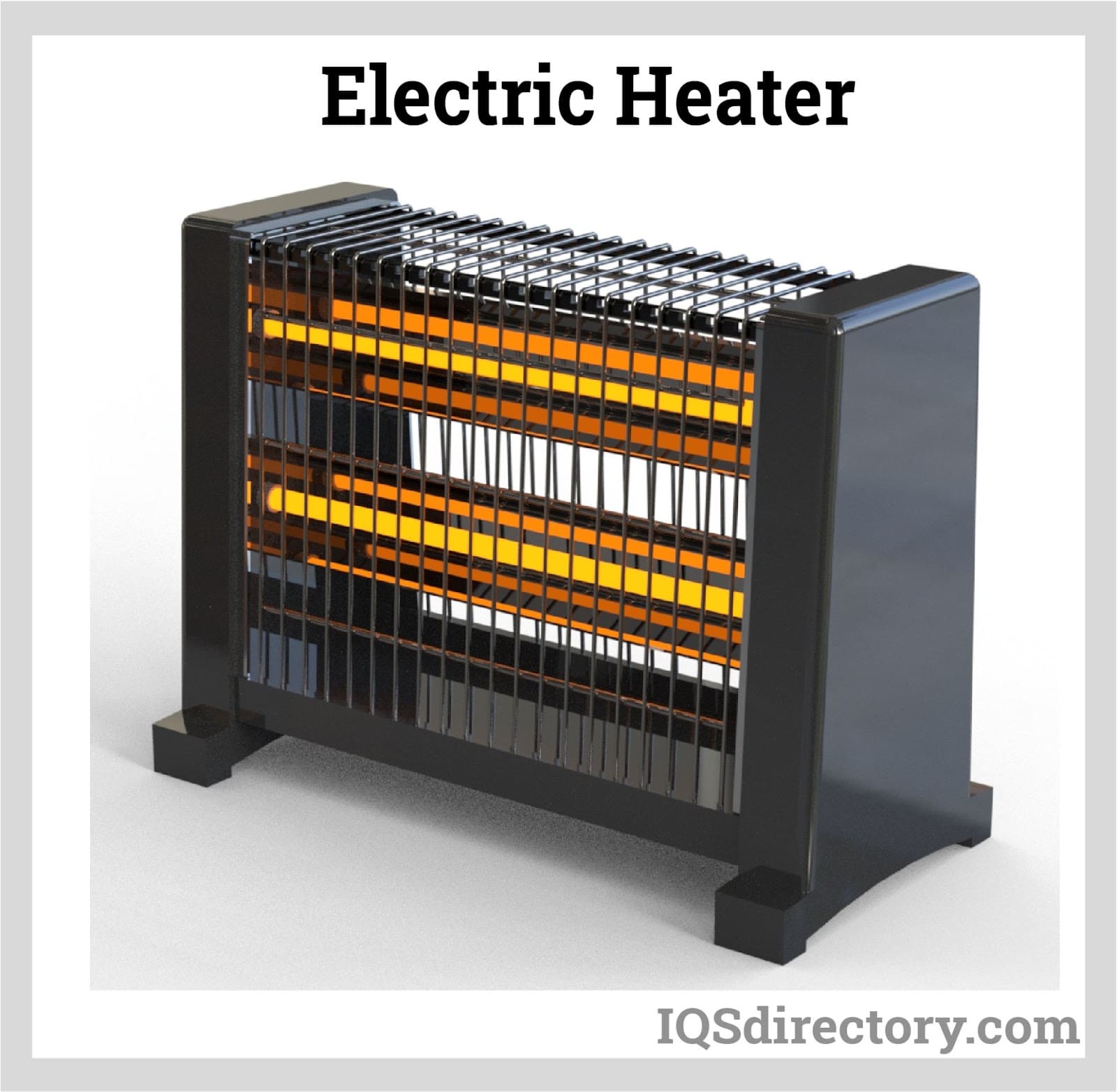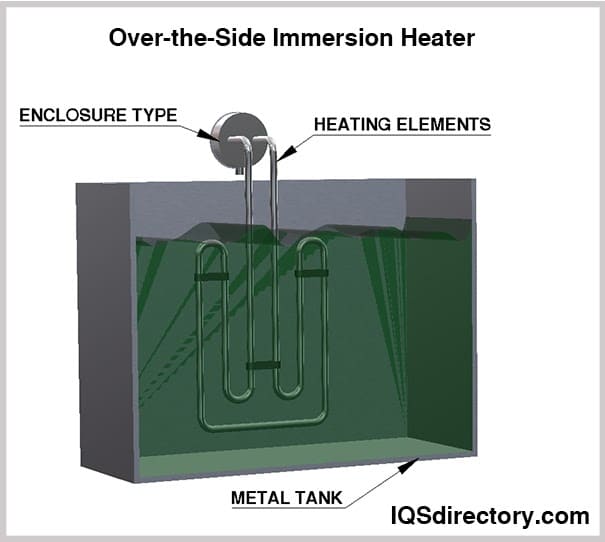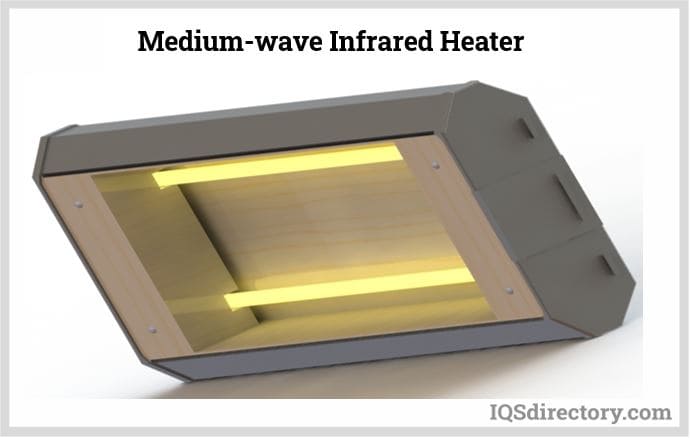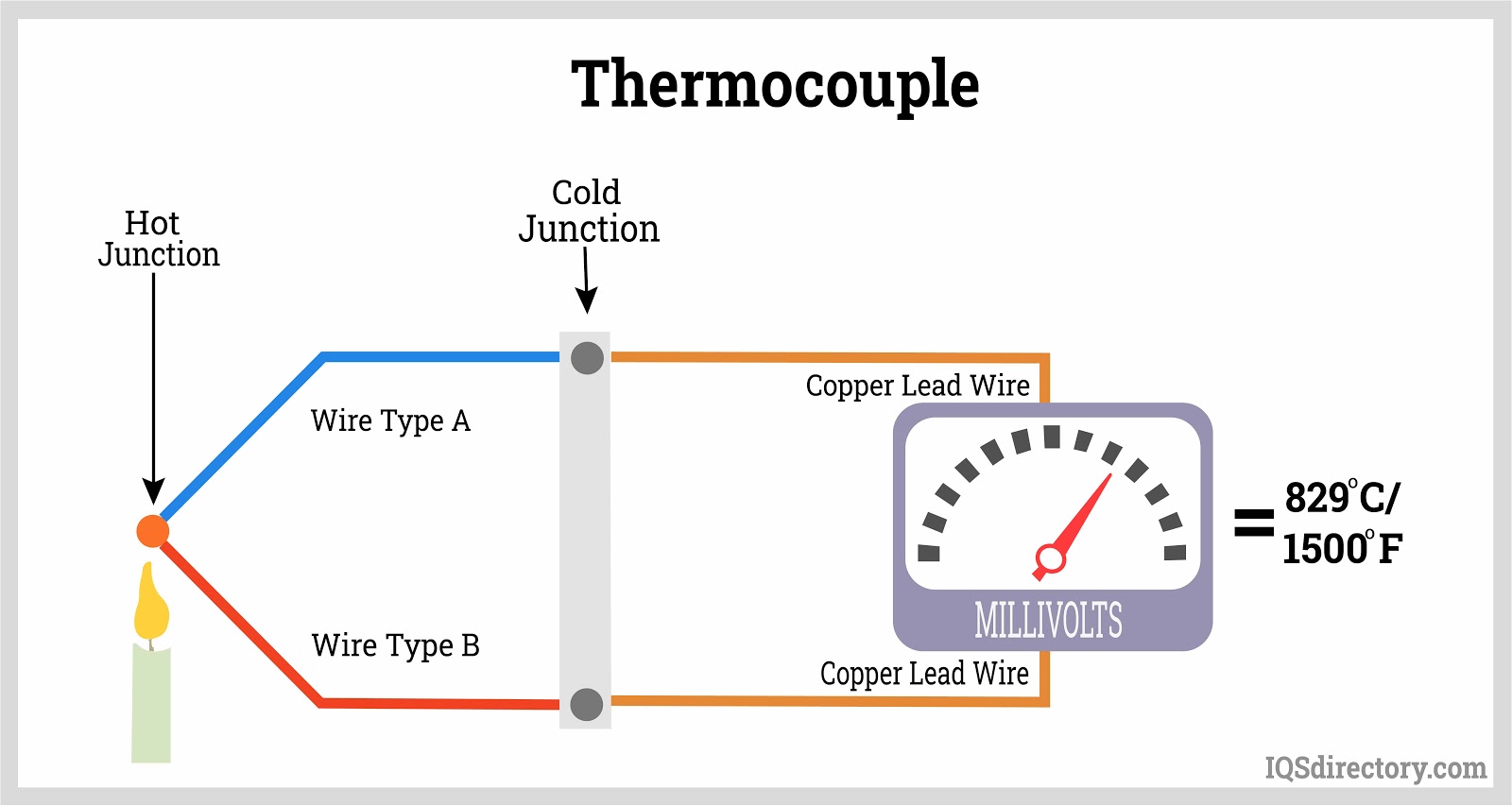A cartridge heater is a tube-shaped industrial heating element that can be put into pre-drilled holes. Cartridge heaters are frequently utilized in heating processes because they offer precise and localized heating. Read More…
Hotwatt manufactures a complete line of heating elements for a wide range of uses. We offer a broad product line from electric to cartridge and countless other systems as well. For those difficult applications, custom products are also available.

Ulanet™ has 78 years of engineering and manufacturing experience in the production of cartridge, hermetically sealed, miniature, capsule, industrial thermostats, thermal time delay relays, immersion heaters, and numerous other heating elements.

At Hi-Heat Industries, we understand that every industrial application is unique, and our commitment to customization sets us apart from the competition. Alongside our standard product offerings, we provide various customization options to tailor the heating elements precisely to the client's specifications. These options include temperature controls, bonding methods, and private labeling.

At Tutco-Farnam, we specialize in designing and manufacturing advanced heating elements that deliver precise and reliable thermal solutions for diverse applications. With our deep expertise in custom engineering, we create heating elements tailored to meet the unique demands of industries such as medical, automotive, packaging, and electronics.

At National Element Inc., we are dedicated to crafting high-quality heating elements that meet the rigorous demands of various industrial applications. Our focus on precision engineering and exceptional materials allows us to deliver reliable heating solutions tailored to each unique need. By leveraging advanced manufacturing techniques, we develop custom heating elements that ensure optimal...

More Cartridge Heating Element Manufacturers
What are Cartridge Heating Elements?
Cartridge heaters can be made to a specified watt density based on the application's needs and are typically used to heat a metal block from the inside. Most of the time, cartridge heaters are inserted into drilled holes to heat metal objects. The heaters are undersized compared to their nominal diameter for simple installation.

How Cartridge Heating Elements Work
In a cartridge heater, a resistance coil is twisted around a ceramic core covered in a metal sheath and surrounded by a dielectric. The sheath warms up as a result of the heat transmitted to it through the coil.
The interior metal component that needs heat then receives this heat transfer. In low or medium-temperature applications (600 °F [315.5 °C] or less), general-purpose drills are typically sufficient for drilling holes for cartridge heater installation. Fits range from .009" to .014 when holes are drilled .003" to .008" larger than the drill's nominal size.
Even though the fit is a little looser than what would allow for the best heat transfer, it makes it easier to install and remove cartridge heaters, particularly those with long sheaths. A close fit becomes significantly more crucial at large watt densities. Instead of just drilling the holes with a general purpose bit, they should be bored and reamed. The heater will operate more quietly and last longer with a tighter fit.
Design of Cartridge Heater Elements
The seven components that make up these products are typically the heating coil, insulation, sealing, sheath, watt density, lead wire type, and termination. The metal sheath that protects the electric coil is lined with ceramic, mica, mineral, or fiberglass insulation.
The intended wattage and use of the heater determine the type of insulation. Because contact between the heating coil and sheath could result in short-circuiting, the insulation is a necessary component that is vital to highlight. Several materials, including aluminum, copper, iron, nickel, and stainless steel, can be used to make sheaths.
Types of Cartridge Heater Elements
The different types of cartridge heater elements include:
Swaged Cartridge Heater Elements
Before the swaging procedure, all of the heater's components—including the core, resistance wiring, and oxide powder—are added. By forcing the heater into a die, mechanical swaging constricts, shrinks, and compacts the heater's diameter and internal components. As a result, efficiency is increased, improving the heat transfer process.

Thermocouple Cartridge Heaters
Cartridge heaters with thermocouples heat the surface, and their wattage, density, and fit are calculated using intricate algorithms. They are beneficial in confined spaces because the internal thermocouple measures the temperature of the sheath.
The thermocouple's sensor and power wires are both located outside the sheath. Thermocouple cartridge heaters come in a wide variety and are made for various uses. The heater's interior or midsection can both receive the thermocouple.

Multizone Cartridge Heaters
Multi-zone cartridge heaters have two leads for each zone and a coil unique to each area of the heater. The zones may have a single common wire for one of the leads in some arrangements, enabling control of the various parts. Turning off a zone when it is not necessary reduces the amount of energy used, which is a benefit of the multi-zone system.
Miniature Cartridge Heaters
A small cartridge heater must have a length of no more than three inches (76.2 mm) and diameters of 0.125 in (3.175 mm), 0.156 in (3.97 mm), and 0.187 in (4.76 mm). Miniature cartridge heaters often have 304 or 316-grade stainless steel exteriors. The majority of small heaters are swaged for dielectric strength as well as resistance to shock and vibration.
Square Cartridge Heaters
Instead of a round diameter, square cartridge heaters feature a square or rectangular form. They can be swaged and compacted and have the same capabilities as round tubular cartridge heaters. They can be clamped into milled slots on a tool surface to provide efficient heating. Their distinct design allows easy removal for cleaning and maintenance.
Threaded Fittings
Threaded fittings guarantee a snug fit for the cartridge heater in the application, much like flanged fittings do. Fast removal and installation are made possible via threaded fittings. Moisture seals are typically applied for additional security.
Choosing the Correct Cartridge Heating Element Supplier
To ensure you have the most constructive outcome when purchasing cartridge heating elements from a cartridge heating element supplier, it is important to compare several companies using our directory of cartridge heating element suppliers. Each cartridge heating element supplier has a business profile page highlighting their areas of experience and capabilities, along with a contact form to directly communicate with the supplier for more information or request a quote. Review each cartridge heater element supplier’s website using our proprietary website previewer to quickly learn what each business specializes in. Then, use our simple RFQ form to contact multiple cartridge heating element companies with the same form.















 Cartridge Heaters
Cartridge Heaters Electric Heaters
Electric Heaters Heating Elements
Heating Elements Immersion Heaters
Immersion Heaters Infrared Heaters
Infrared Heaters Air Conditioners
Air Conditioners Castings & Forgings
Castings & Forgings Bulk Material Handling
Bulk Material Handling Electrical & Electronic Components
Electrical & Electronic Components Flow Instrumentation
Flow Instrumentation Hardware
Hardware Material Handling Equipment
Material Handling Equipment Metal Cutting Services
Metal Cutting Services Metal Forming Services
Metal Forming Services Metal Suppliers
Metal Suppliers Motion Control Products
Motion Control Products Plant & Facility Equipment
Plant & Facility Equipment Plant & Facility Supplies
Plant & Facility Supplies Plastic Molding Processes
Plastic Molding Processes Pumps & Valves
Pumps & Valves Recycling Equipment
Recycling Equipment Rubber Products & Services
Rubber Products & Services